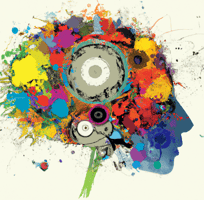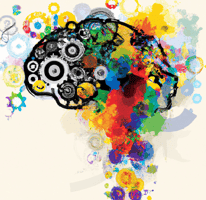We're entranced by the spell of modern AI, but are we blindly accepting the enchantment without...
How Good Old-Fashioned AI Can Shape Modern AI Development
Might we be neglecting pearls of wisdom from the past as we stride towards the future? When it comes to AI, we're in an era of high-octane innovation, a mad race towards the next big thing. But what if the keys to AI's future lie in its past, specifically, in Good Old-Fashioned AI (GOFAI)? It's time we reevaluate our rush towards novelty and consider this: perhaps, the past isn't quite as passé as we thought.
Our fascination with AI is driven by its tantalizing promise of replicating or even surpassing human cognitive abilities. With the rise of machine learning and deep learning techniques, we've achieved remarkable feats - autonomous vehicles, voice assistants, real-time translation, and more. However, as we immerse ourselves in the allure of novelty, it's essential to take a pause and glance back.
The legacy of AI is not solely a narrative of sophisticated algorithms. It's also a tale of simpler, rule-based systems of Good Old-Fashioned AI (GOFAI). In the shadows of modern AI's limelight, GOFAI may seem archaic. However, its lessons are far from obsolete.
Lesson 1: The Power of Transparency
GOFAI, being based on explicit rules and symbolic logic, offers a clear understanding of how it arrives at decisions. In our race towards complex, data-driven models, we often overlook this value of transparency. The opacity or the "black box" nature of many modern AI systems can lead to mistrust and ethical quandaries. By imbibing the transparency inherent in GOFAI, we can create AI systems that are not only intelligent but also accountable.
Lesson 2: The Utility of Domain Knowledge
GOFAI successfully captures domain expertise in its rule-based systems. As we move towards data-driven AI, the significance of this explicit knowledge encoding should not be undermined. In areas where data is scarce or highly specific expertise is needed, rule-based systems can be invaluable. Modern AI development can learn from this GOFAI principle to harness the power of expert knowledge effectively.
Lesson 3: The Issue of Brittleness
GOFAI systems, although clear and understandable, are brittle – they can fail when encountering unanticipated situations. This limitation of GOFAI serves as a lesson for modern AI development to ensure robustness and adaptability, to build AI systems capable of handling unexpected scenarios gracefully.
Bridging Past and Future
The goal here is not a return to GOFAI but a thoughtful synthesis of lessons from the past with advancements of the present. Both GOFAI and modern AI have their strengths and weaknesses. Recognizing this fact allows us to take a balanced approach to AI development, creating systems that are powerful, reliable, and accountable.
As we chart the course for AI's future, let's not forget the footsteps that have led us here. The wisdom of the past can illuminate our path forward, guiding us towards AI that is not just innovative but also responsible and beneficial. After all, history often holds the keys to the future, and AI is no exception.




